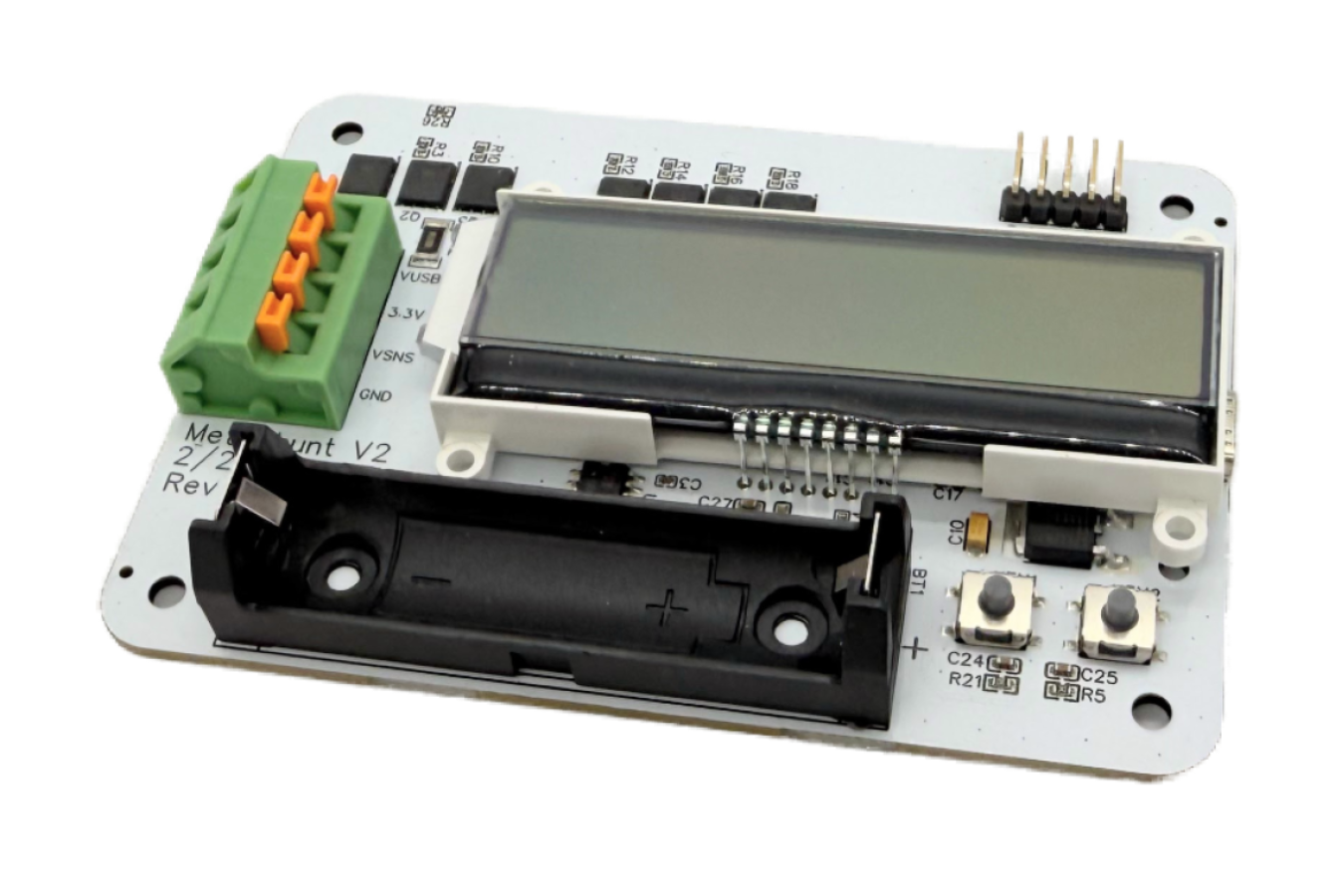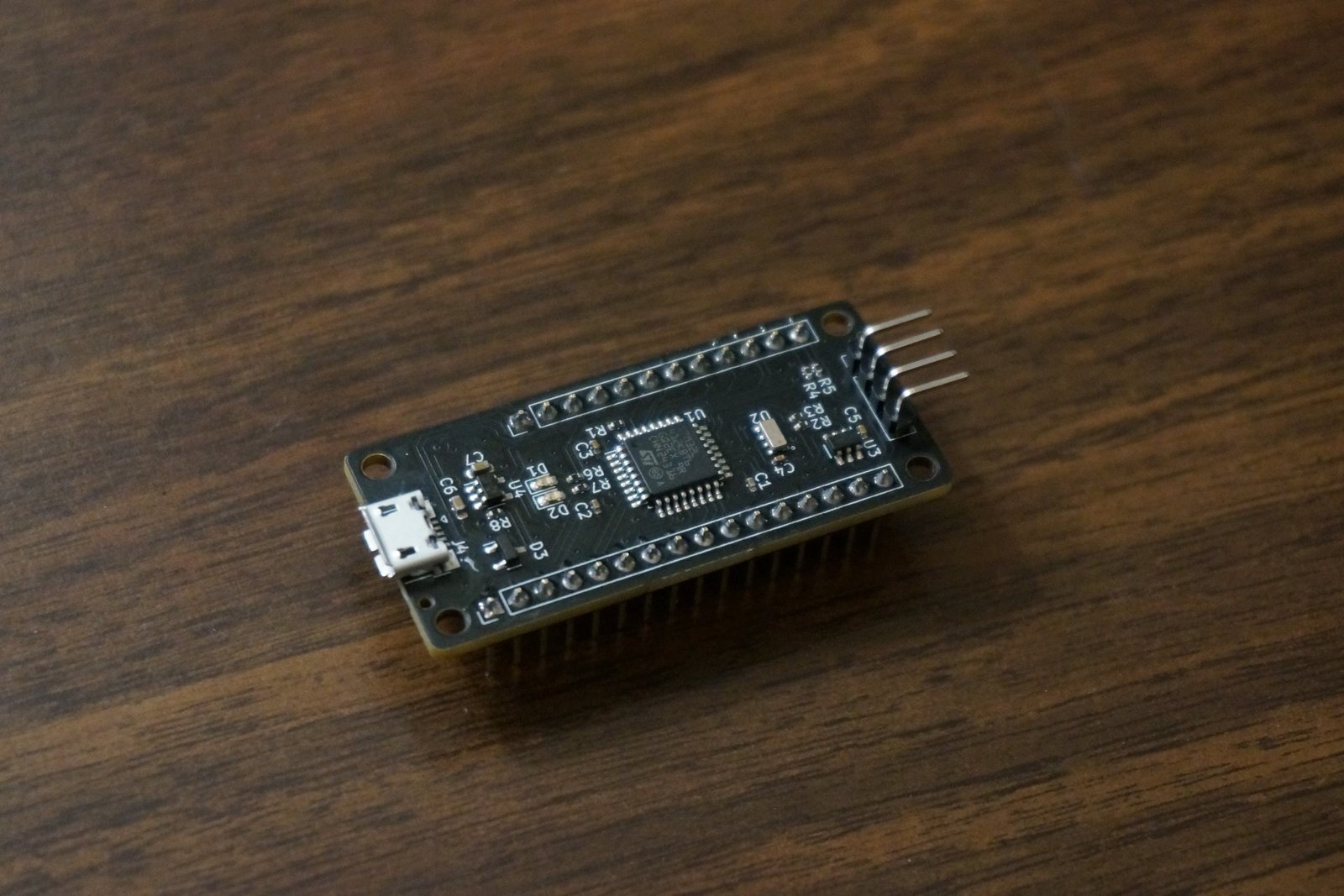Innovative Development Hardware

MetaShunt V2
A low-cost and accurate tool for analyzing the power consumption of ultra-low power and IoT devices with rapidly changing current usage.
- Power profile your device to improve battery life.
- Identify firmware bugs causing higher or lower than expected power consumption.
- >10,000,000:1 Dynamic Range: Measure 50nA to 1.5A.
- >5 kHz continuous sample output, up to 127.5 kHz burst.
- USB-C connector and open source MIT-licensed Python scripting and graphical user interfaces.
- Optionally view long-term charge consumption on LCD display (e.g. mAh).
MetaShunt is for you if:
- You are developing low power electronic products, and need to know how much power you are using during short wake-up cycles.
- You develop IoT systems, and the power consumption changes drastically during data transmission and you want to measure it.
- You are testing components to validate them against the datasheet, and the current is lower than your multi-meter can measure reliably.

Nanosleeper
A “feather-ish” development board achieving <100nA deep sleep current with real time clock wake-up.
Nanosleeper uses a “Feather-ish” design – it shares the Feather physical form factor and many of the pins, but is not logic level or pin compatible with the Feather specification.
One neat feature that Nanosleeper has is externally switched power, connected to one of the I2C channels (the I2C SDA and SCL lines are pulled up to switched power). Because of this, any external I2C sensor which supports 1.8V voltage levels can be connected to the switched power and I2C pins, and can be completely disconnected from the power in Nanosleeper’s deep sleep mode. Many sensors have sleep modes, but those may easily require more than 100X more power than Nanosleeper does.
NOTE: Nanosleeper is shipped with pin headers included, but NOT soldered.
NOTE: Nanosleeper has a USB Micro connector, but does NOT support USB communication. It operates at 1.8V, and at that voltage the microcontroller does not support USB communication. It can be powered from this USB port however.
Empower Your Projects
Explore our innovative products and resources tailored for ultra low power and IoT electronics developers. Enhance your development journey today!
